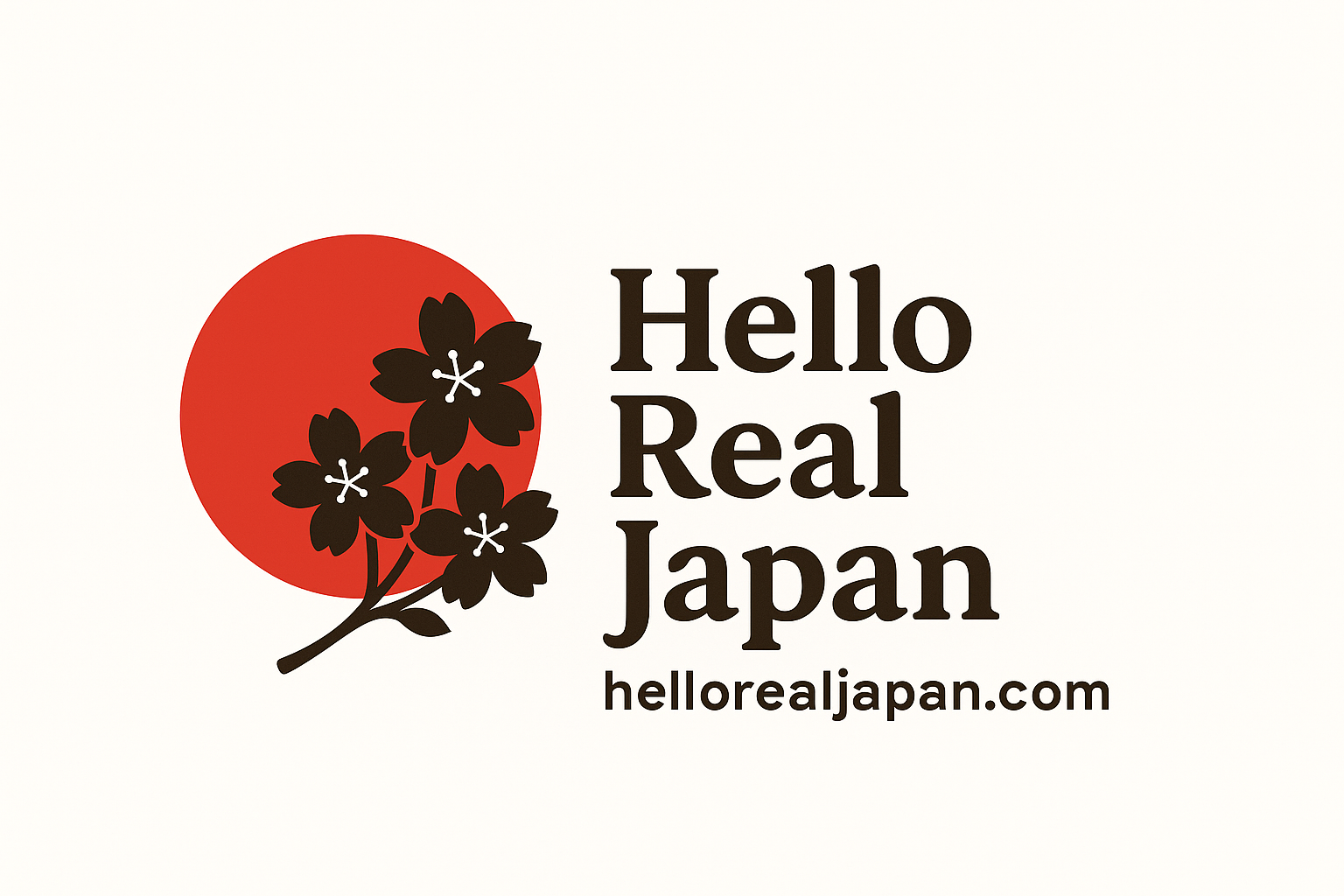🌿 Living with Nature — SANU 2nd Home
A friendly guide for travelers + my first-hand notes
1) What is SANU?
SANU is a Japanese membership service that lets you enjoy “a second home” across nature-rich
locations nationwide. As of 2025, there are around 30 locations and ~200 units
(see the location list).
You can try a one-night trial stay, use a monthly subscription, or choose corporate plans.
If you’re visiting Japan, the easiest on-ramp is a guest (trial) stay.
2) The Vibe (from my stays)
I’ve stayed with my family at Lake Shirakaba, Yatsugatake, and Lake Yamanaka.
Each cabin felt warm and calm—wood textures, big windows, and a view that changes with the light
(architecture details).
Mornings start with crisp air and birdsong drifting in when you crack a window.

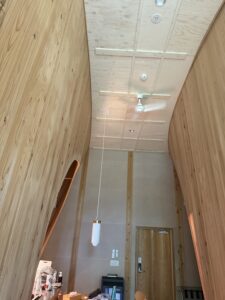
3) A Day There
I like to run forest and lakeside trails at sunrise. Back at the cabin, a cold shower snaps me awake.
The kitchen is well equipped (see SANU’s
official equipment list),
so cooking is easy. In Yatsugatake, we stir-fried fresh local vegetables and ate on the terrace—simple food tastes amazing outdoors.
Some cabins had a bottle of wine in the fridge; opening it on arrival night became a tiny ritual.
Evenings are for a bonfire. Following SANU’s
bonfire rules,
we sat under the stars and talked while logs crackled. At Lake Yamanaka we brought a grill rack and did a casual BBQ—fresh air
makes everything taste better.
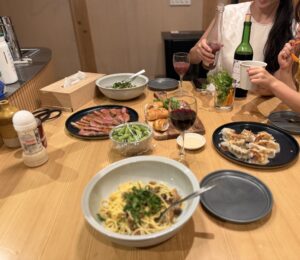
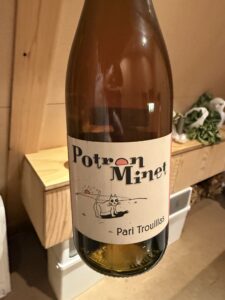
4) Music & Movie Nights
One cabin had Genelec speakers.
Jazz basslines blended with the bonfire; in daytime, birdsong sat behind soft classical music—it felt like the forest itself was part of the soundtrack.
Another stay had a projector: we streamed movies on a big white wall (Wi‑Fi was solid), and during the day I used the projector for a quick run‑through of slides.
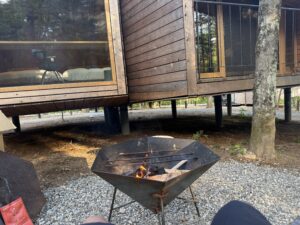
5) Working Amid Green
On workdays I used the desk and chair in the cabin; the internet was stable and video calls were smooth
(see SANU’s workation story).
Looking up to a window filled with trees is the best kind of micro-break—I honestly focus better there than in the city.
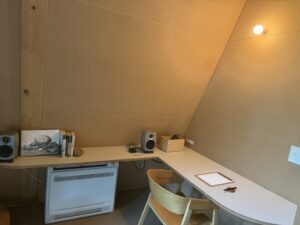
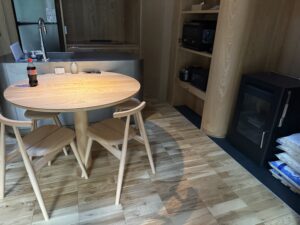
6) How to Use SANU When You’re Visiting Japan (Overseas Travelers)
Step 1 — Create an account: Go to the official site, switch to English (top-right), and sign up with your name, email, and password.
Step 2 — Book a guest (trial) stay: After logging in, choose a location, dates, and number of guests. Pay by credit card (international cards are generally accepted). You can also browse all spots on the location list.
Step 3 — Check-in: You’ll receive instructions by email. Arrive after 3:00 p.m. and complete self check-in on your phone. Cabins use digital locks—no front desk needed.
Step 4 — Enjoy & check-out: Savor the cabin and nature. Check-out is done on your phone by 11:00 a.m.
Tip: For short trips, guest stays are perfect. If you plan longer or repeated visits, explore subscriptions later.
Home,
Locations,
Cabin equipment,
Bonfire rules.
